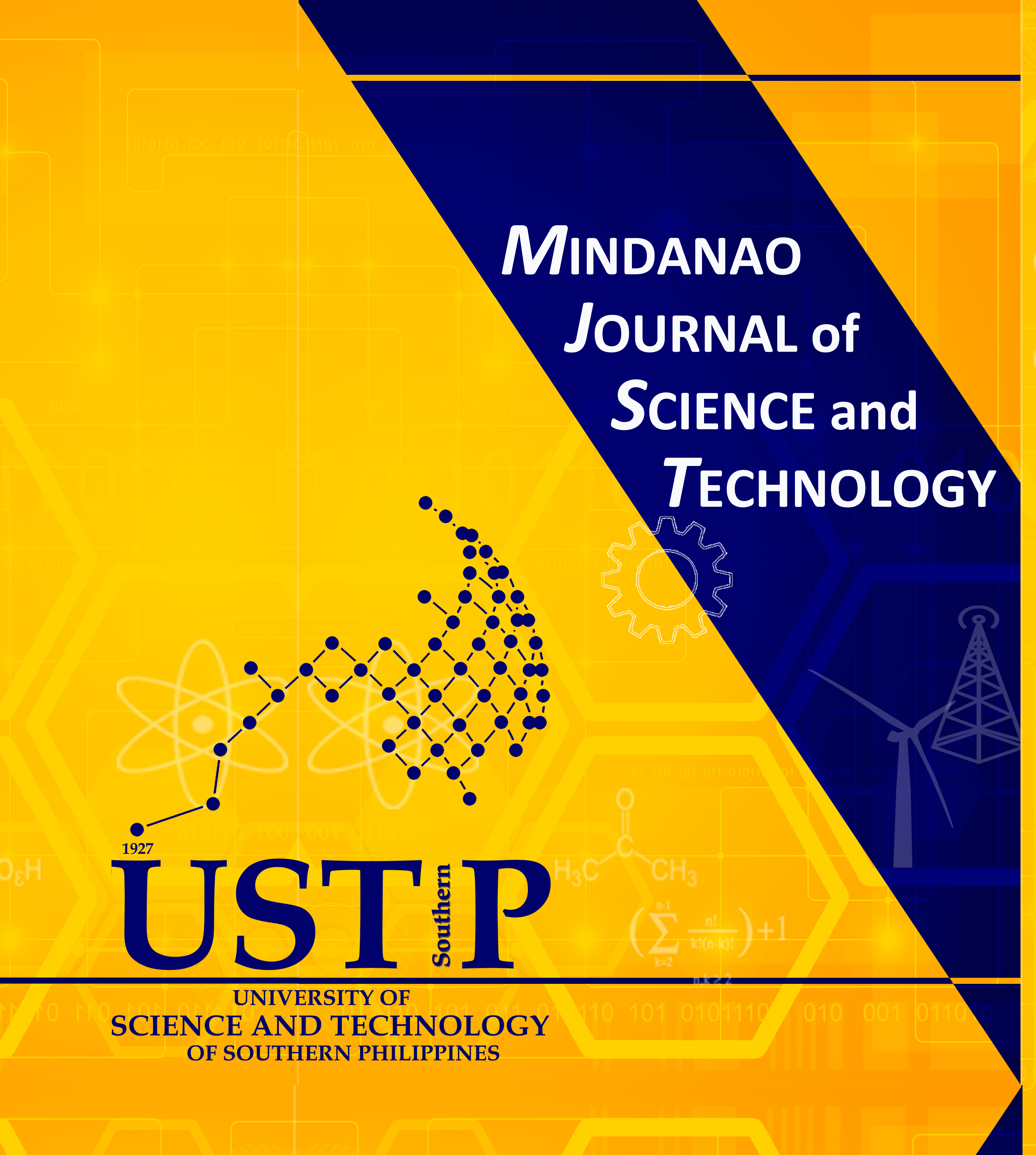Response of Native Chicken to Selected Saponin-Containing Herbs Extracts under Partially Ranged System
Keywords:
saponin-containing herbs, extracts, growth, anthelmintic, native chicken, partially ranged systemAbstract
Phytochemicals such as saponin and tannin may have harmful effects on animal nutrition, but they can also be capitalized to manipulate the physiological function of the animals. This study was conducted to evaluate the effect of saponin-containing herbs extracts on the growth performance of native chicken in terms of feed consumption, weight gain, feed conversion ratio, and water intake. The study also assessed the anthelmintic potential and economic return of the different saponincontaining herbs extract in native chicken. The levels tested were 30 ml each of chili pepper, alugbati, and ginseng extracts per liter of water. Treatments were replicated three times and arranged through a randomized complete block design with age and weight as bases for blocking. Data collected were analyzed using the analysis of variance, and results were interpreted at 5% level of significance. Results showed that feed consumption, feed conversion ratio, gain in weight, and water intake were significantly affected by the various saponin-containing herbs extracts, and a similar pattern of differences was reflected on the fecal examination on the percent reduction of egg count. About 30 ml each of chili pepper, alugbati, and ginseng extracts were effective against gastrointestinal parasite control in native chicken. Moreover, supplementation of 30 ml ginseng extract gave the highest income over feed and supplement cost of Php 23.65. Therefore, chili pepper, alugbati, and ginseng extracts can be added to the drinking water of native chicken at 30 ml/L water to give a positive effect on growth, reduction of fecal egg count, and increased profit.










